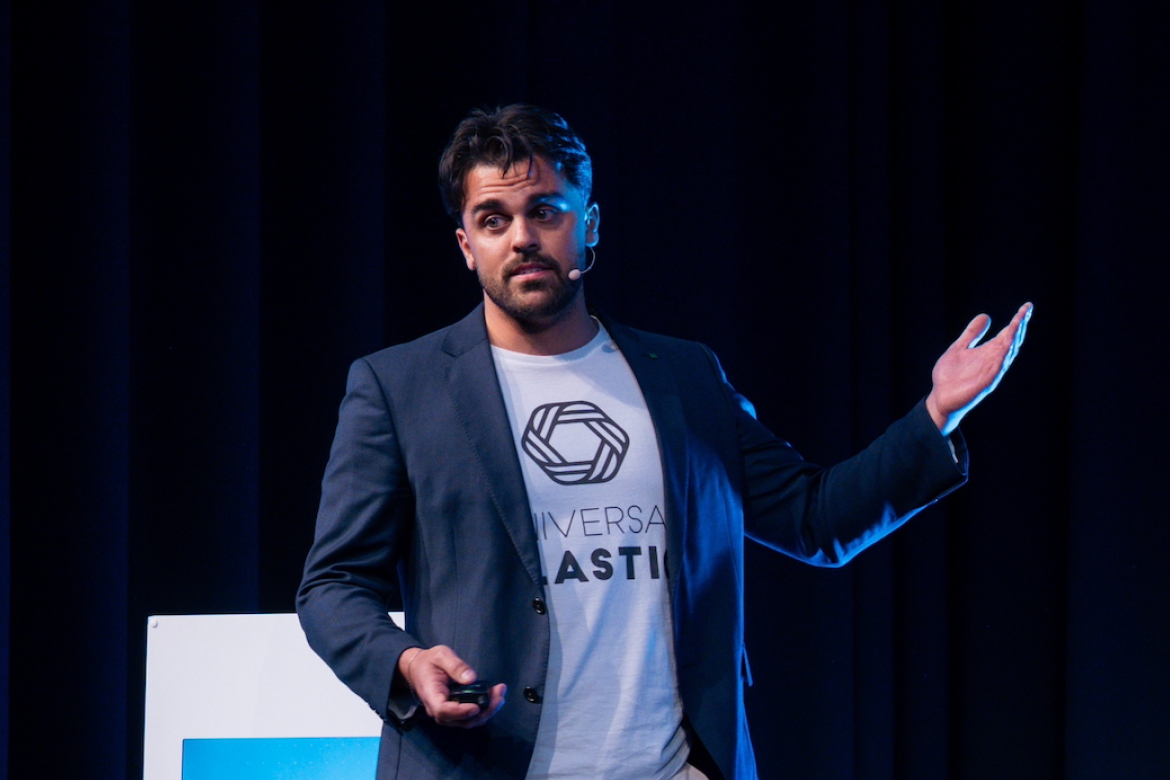The Center for Data Innovation recently spoke with Alvaro Bravo, CEO of Universal Plastic, a Spain-based company using AI and blockchain to bring transparency and accountability to ocean cleanup efforts. Bravo discussed how the data collected through the Universal Plastic app contributes to global plastic waste monitoring efforts, and how recent advances in AI are improving the company’s ability to detect, classify, and map plastic waste at scale.
David Kertai: What does Universal Plastic’s app do, and how does it work?
Alvaro Bravo: The Universal Plastic app connects people who collect plastic waste with companies that fund verified environmental action. It’s used by local communities and environmental groups to record their cleanup efforts. When a volunteer collects plastic, they log it in the app with photos and location data. The app’s AI model then identifies and classifies the types of plastic collected, while blockchain technology secures that data in a tamper-proof record, ensuring transparency and traceability.
Once the cleanup is verified, the app links those results to sponsoring companies, which finance the initiative to offset their plastic footprint. These companies provide financial rewards or digital tokens through the app to volunteers, proportional to the verified amount and type of waste collected. In this way, the app turns community cleanups into measurable, data-driven environmental impact that companies can credibly support.
Kertai: Can you say more about how the technology works?
Bravo: The AI model acts like a smart quality-control layer: it classifies the waste and checks the consistency of the data. First, the system uses computer vision to identify and categorize what it sees, distinguishing bottles, bags, wrappers, and other types of debris. Then, it cross-checks these results against user inputs such as weight or item count to ensure the data matches what’s visible in the images. We’ve recently partnered with NVIDIA to get access to better GPU-powered computing and deep learning tools that enhance how our models detect, classify, and map plastic pollution from images captured by drones, satellites, and field teams.
Finally, all of this information—images, location, time, type, and weight of plastic, etc—is packaged into an ONDA (Ocean Node Data Asset). Each ONDA is a digitally certified record of environmental action: it’s assigned a unique ID, stored on the blockchain, and made traceable and tamper-proof. This process turns every cleanup into a verifiable unit of impact that companies, researchers, and global data systems can trust and build upon.
Kertai: Who uses the app?
Bravo: We call them our Ocean Defenders. They’re the individuals, nonprofits, and local enterprises that lead cleanups and generate the verified data behind our impact. Some are volunteers who discover the initiative through our website, social media, or local partnerships. Others are established organizations, like Innoceana or Oceanogami in Spain, that integrate the app into their marine conservation and blue economy programs.
Kertai: How does Universal Plastic contribute to global knowledge on ocean pollution?
Bravo: By making every verified cleanup record—each ONDA—part of the international data infrastructure maintained by UNESCO’s Ocean Data and Information System (ODIS). ODIS connects ocean-related datasets from across the world using shared technical standards so that information can be easily found, compared, and reused.
We publish metadata for each cleanup in an open, machine-readable format (using the ODIS-Arch schema). This allows ODIS to automatically harvest and index the data alongside other ocean and environmental datasets. As a result, researchers, policymakers, and conservation organizations can access and analyze our verified records to better understand where plastic pollution occurs, how it moves, and what interventions are most effective. In other words, Universal Plastic transforms local cleanup data into globally usable knowledge that strengthens collective understanding and action on ocean health.
Kertai: How do partnerships help you grow your impact, and can you share an example?
Bravo: Partnerships bring real-world scale to our technology. While we build the system, it’s communities, NGOs, and companies that generate the cleanup data that gives our platform life. For example, partnerships with organizations like Innoceana expand our reach into new regions, strengthening the quality and reliability of the information we collect. These collaborations accelerate our growth, build trust with stakeholders, and turn local efforts into broader, measurable environmental impact.

